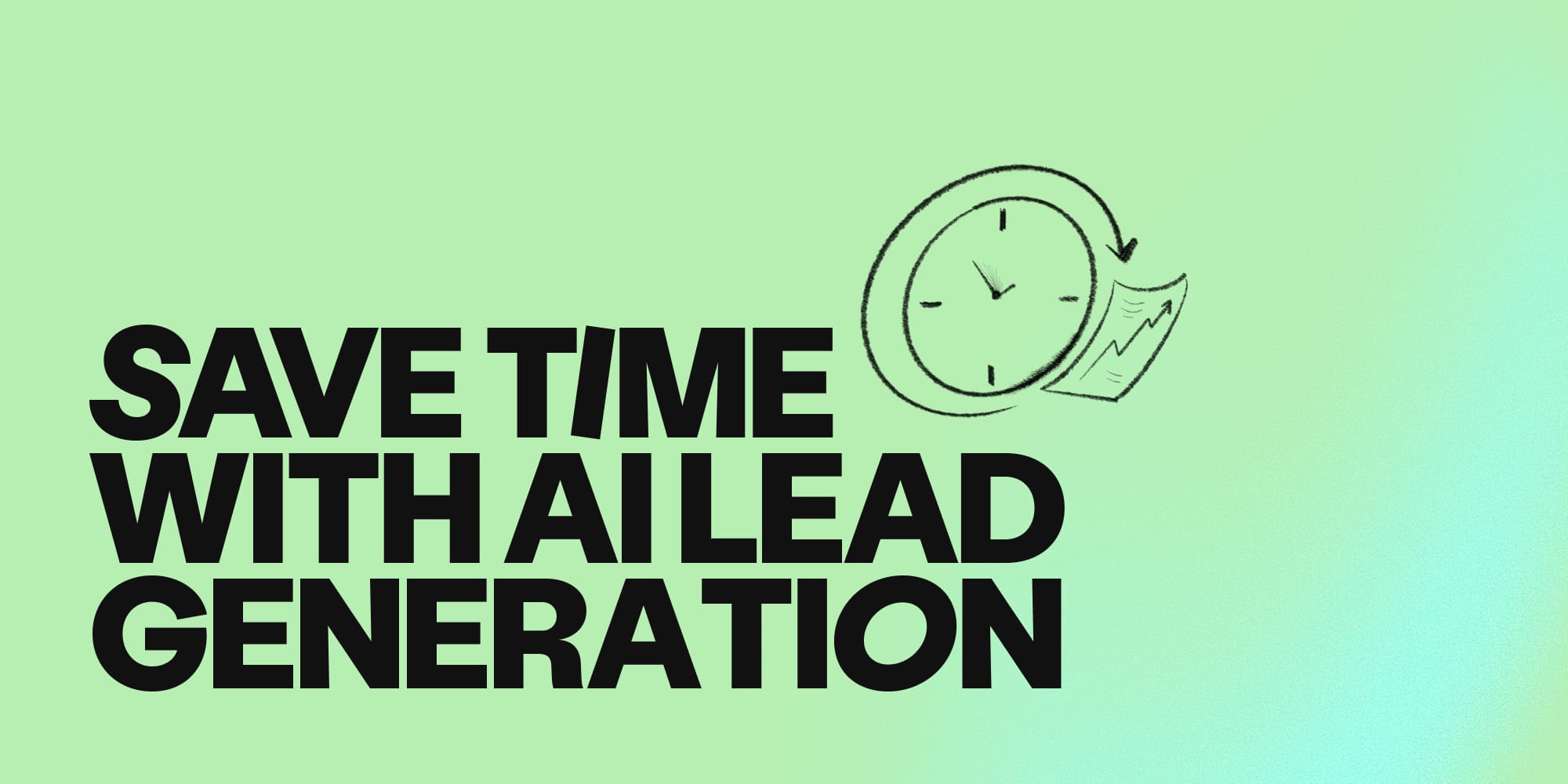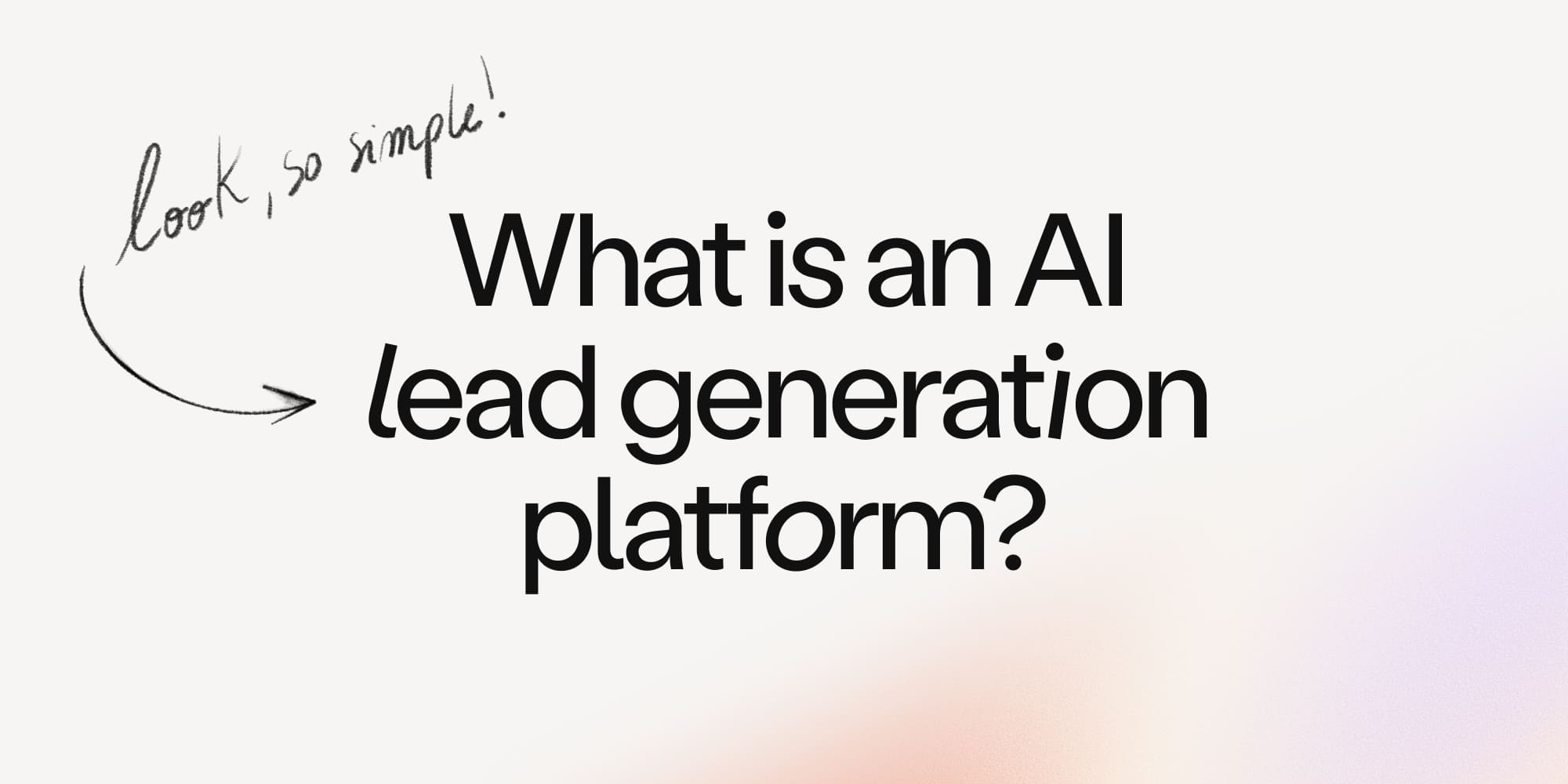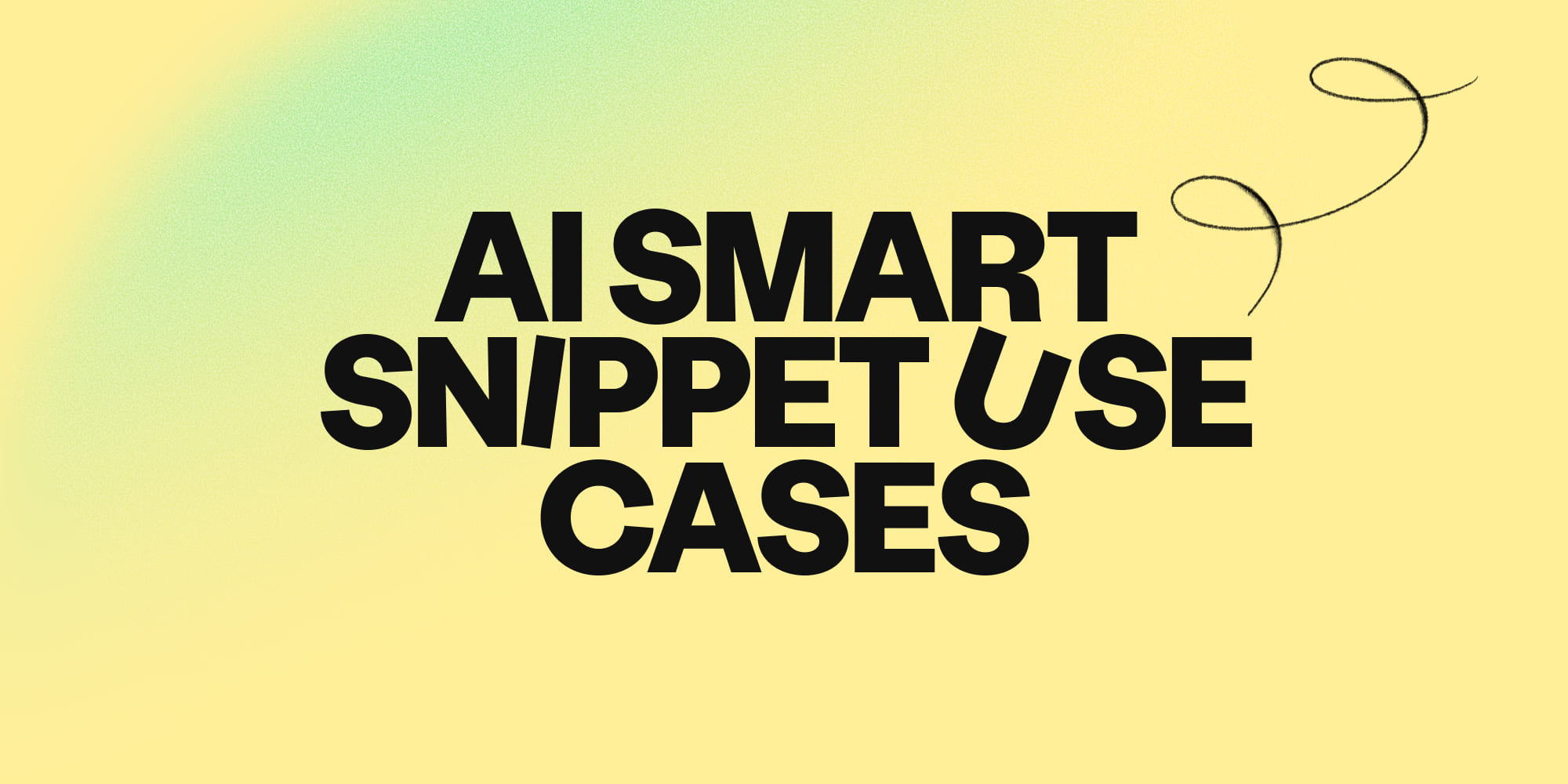Lead recycling: re-engaging B2B leads for new sales
•
January 26, 2023
.jpg)
When you put a lot of work into defining your ICP, prospecting, and perfecting your cold outreach, you don’t want it all to go to waste. But with quotas to meet and goals to hit, it’s not uncommon for B2B sales teams to prioritize chasing new leads over those that are old or went cold. Add into the mix the rise of remote selling and the decline of face-to-face business, and it’s no surprise so many B2B leads drop off the radar.
In reality, this means missing opportunities to win new conversions at a fraction of the cost of generating brand new leads from scratch. In this blog we’ll take a deep dive into recycling and re-engagement campaigns that will help optimize your B2B sales cycle and unlock the goldmine you may already be sitting on.
What is lead recycling?
Also known as sales funnel recycling, lead recycling is the process of re-engaging old leads that have shown an interest in your product or service in the past but are now inactive.
Leads can turn cold for a number of reasons. Sometimes it’s due to bad timing, budgeting limits, or a change in personnel. Sometimes it’s simply a failure to follow-up. In any case, unless you have a good reason not to pursue them, it’s always worth reconnecting to see whether they’re now in a better position to reconsider your product.
The benefits of lead recycling
With so much focus on prospecting and lead generation, it’s sometimes easy to forget the enormous benefits of recycling old leads, including:
- Time - You already have a point of contact, so you don’t have to stress about prospecting and initiating the first cold outreach.
- Cost - If you’re paying for leads and outreach, making the most of your existing leads is far more cost-effective than only targeting fresh prospects.
- Interest - Chances are your existing leads have shown an inclination towards your product or service in the past, so they’re likely to be somewhat warmer than brand new leads. This can translate into an easier close, which can in turn benefit your sales metrics.
- Data accuracy - It could be the case that your old leads are outdated and no longer relevant. By attempting to re-engage them, you’ll be able to determine whether they’re completely dead (i.e. emails bouncing) or whether you should be contacting someone else in the company. In either case, you’ll tidy up your database and stay focused on real prospects.
How to re-engage your B2B leads
Obviously your re-engagement strategies will depend upon where in your sales funnel your leads turned cold. You can then tailor your approach according to whether they were still considering your product, became stalled in the decision-making process, or cited a specific objection.
As with your other prospecting efforts, it's important you prioritize your old leads according to how qualified they are to buy - otherwise you'll end up wasting more time on unrealistic opportunities. In this sense, you can enhance your lead recycling efforts by having a robust lead scoring strategy.
Here are some of our tried and tested strategies for reheating those colder B2B leads:
Meet your lead with valuable content
Did you know that B2B buyers spend up to 90% of their buying journey educating themselves? Hard-selling will only get you so far; there’s a great deal of space for you to nurture leads with high-value content that will build their sense of affinity with your brand. Content channels you might consider include:
- Blog posts - providing free educational or product-related content that demonstrates your authority in the industry whilst building trust and awareness for your product.
- New feature updates - whether it’s through a dedicated newsletter or via social media, keeping your leads up to date with latest developments gives you a chance to show how your product is innovating and improving to better address customer pain-points.
- Exclusive content - offering your followers or mailing list access to exclusive content (for example, previews, industry advice, or e-guides) is another good way to build affinity across your existing community by making them feel valued, even if they’re yet to convert.
- Webinars, podcasts, and thought leadership - consider launching content beyond your routine blog posts. Hosting live or recorded events gives you an opportunity to invite your leads to re-engage without pressuring them towards a sale. As marketing collateral, these forms of content will also boost your brand awareness and show you’re at the front of trends people are talking about.
Segment your leads for effective re-targeting
An incredible 77% of email marketing ROI derives from segmented and targeted campaigns, which is why sending the same re-engagement message to all your cold leads is pretty unlikely to bear fruit. Instead, try retargeting your leads according to their specific pain-points, industry, or interests with the following:
- Custom offers - if you’re in a position to tailor your product delivery according to their needs, consider extending a specialized offer that appeals to their ROI. Giving these offers a deadline helps add a sense of urgency to their decision-making.
- Drip campaigns - constructing automated drip campaigns is a convenient way to keep nurturing your leads over a period of time instead of overwhelming them with a sales pitch. You can trigger them to start if a lead has been cold for a given amount of time, or else segment your drip campaigns across different audiences. In terms of content, these campaigns are often effective when they address relevant pain-points, buyer FAQs, and include customer testimonials or case studies that consolidate your product’s credibility. In turn, you can gauge which messaging pushes your leads to take action or whether you need to try a different approach.
- Temperature check - emails or messages still going unread? It might be time to send a final check-in email to see if your lead is still interested. The best that can happen is that you push them into action and restart the conversation; the worst is that they’ll decline, in which case you can stop wasting time on a dead lead.
Be even more personal
Personalization is key for all your leads, but especially so for those who were seriously considering your product. The more information you have about their pain-points, their needs, and their resources, the better you can tailor and time your re-engagement:
- Do more research - maybe your prospect’s company is expanding; maybe they’re changing their market positioning in response to demand; or maybe their relationship with your competitor is drawing to a close. Explore the ways in which you can take advantage of your lead’s new challenges and use this as an opening to re-engage and reposition their buying journey.
- Go multichannel - you’re more likely to stand out from competitors if you can meet potential buyers on their preferred communication channels. For some, email is still king; for others, LinkedIn messaging, voice messaging, or even video might be more impactful ways to reach them at the right moment. This is where having an integrated, multi-channel outreach system can give you an edge over your competition by making you effortlessly agile in your communications.
Takeaways
Re-engagement shouldn’t be an emergency action! If you can make lead-recycling an integral part of your sales process, you can limit the chances of leads slipping away whilst simultaneously ridding your database of useless contacts. If you haven’t already, be sure to check these articles out:
- How to hyper-personalize at scale - discover how to combine personalization with automation to increase your outreach conversion rates.
- Following up - (e-guide) - tips and tricks on following-up with unresponsive prospects.
- Re-engage old leads effectively by understanding the roles of BDRs and SDRs - what different reps do in your sales team and where their responsibilities lie.
Subscribe to Amplemarket Blog
Sales tips, email resources, marketing content, and more.










